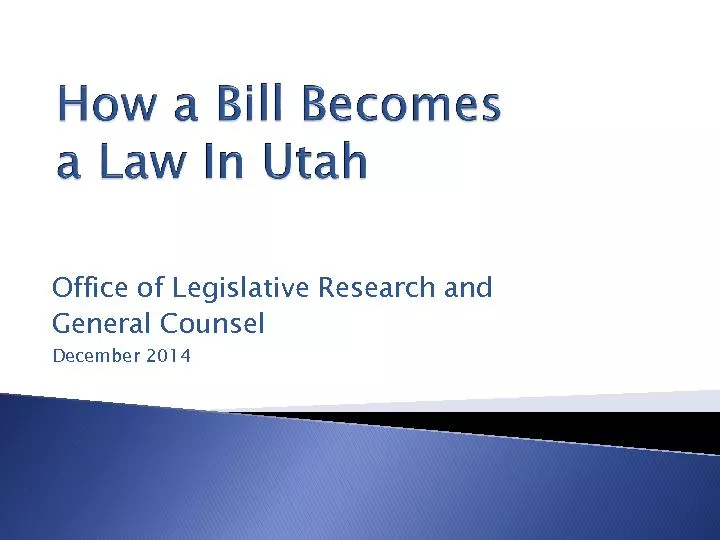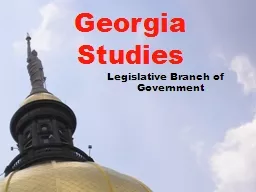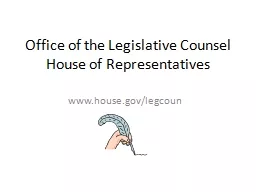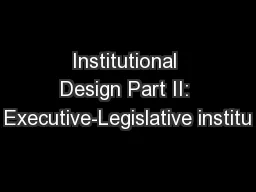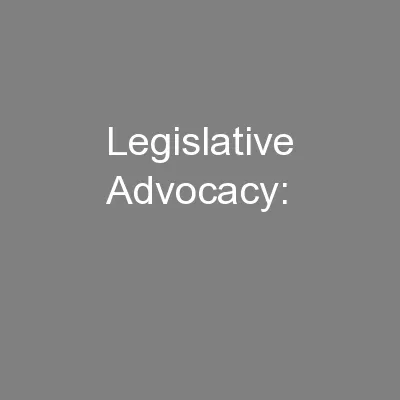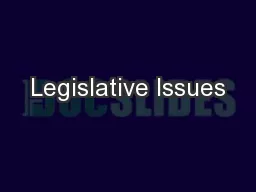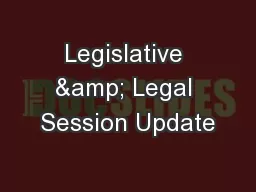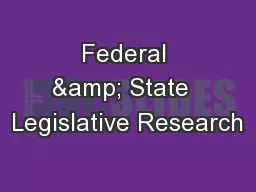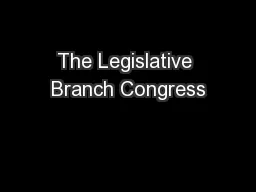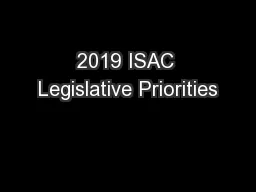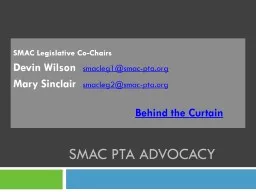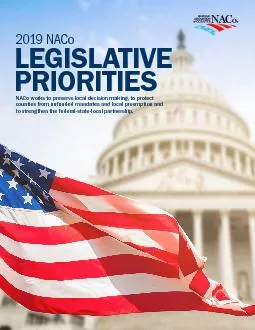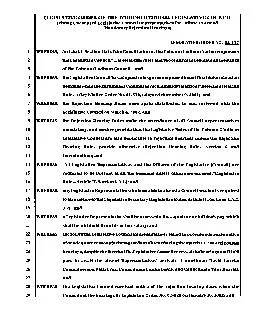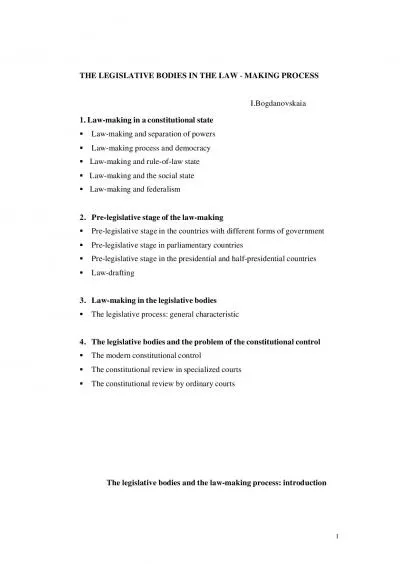PDF-Office of Legislative Research and
Author : mitsue-stanley | Published Date : 2016-05-13
General Counsel December 2014 xF07D A legislator has an idea xF07D Ideas come from x25E6 Legislator x2013 personal experience x25E6 Constituent x25E6 Special Interest
Presentation Embed Code
Download Presentation
Download Presentation The PPT/PDF document "Office of Legislative Research and" is the property of its rightful owner. Permission is granted to download and print the materials on this website for personal, non-commercial use only, and to display it on your personal computer provided you do not modify the materials and that you retain all copyright notices contained in the materials. By downloading content from our website, you accept the terms of this agreement.
Office of Legislative Research and: Transcript
Download Rules Of Document
"Office of Legislative Research and"The content belongs to its owner. You may download and print it for personal use, without modification, and keep all copyright notices. By downloading, you agree to these terms.
Related Documents

